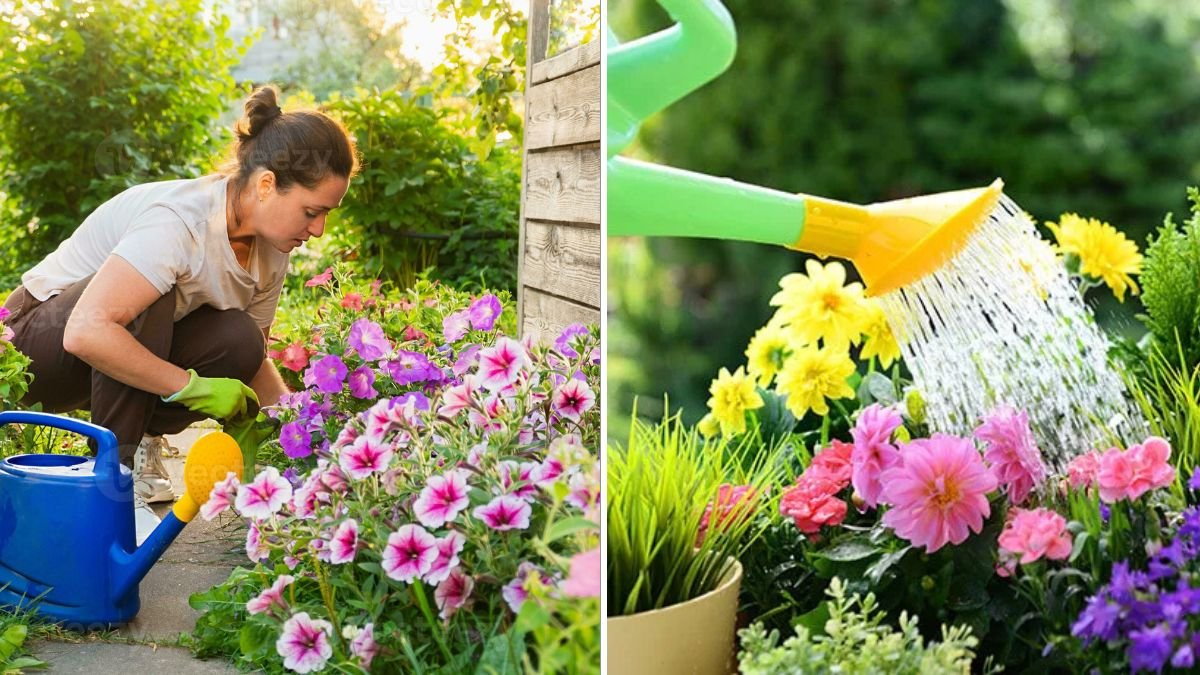Fresh herbs at your fingertips, crisp lettuce picked minutes before dinner, juicy tomatoes still warm from the sun—this is the magic of a kitchen garden. You don’t need sprawling farmland or a massive backyard to enjoy homegrown produce. In fact, a small backyard can become a highly productive kitchen garden with a bit of planning, creativity, and care.
In this article, you’ll learn how to transform your small outdoor space into a lush and edible haven—whether it’s a few square meters or a cozy patio.
1. Assess Your Space: Light, Layout & Access
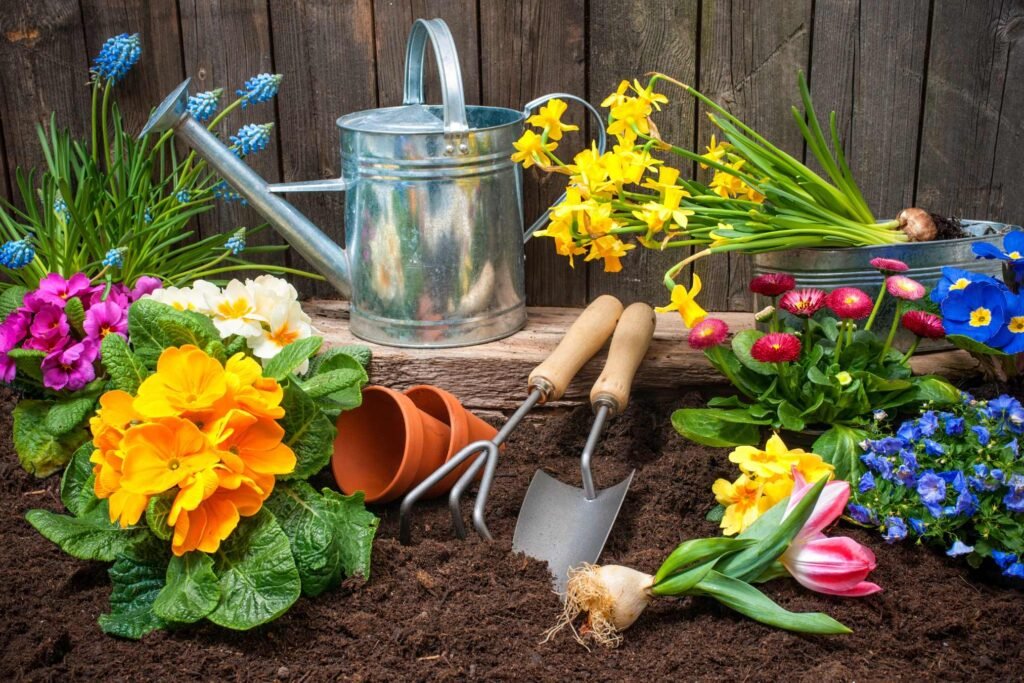
Before you plant anything, take a few days to observe your backyard:
Sunlight
Most edible plants require at least 6 hours of direct sunlight. Track how sunlight moves through your yard throughout the day. Take note of shaded areas and those with the best light exposure.
Soil
If you’re planting in the ground, test your soil’s texture and drainage. Sandy or clay-heavy soils may need amending. If you’re using raised beds or containers, you’ll bring in your own soil mix.
Access
Is your garden area easily accessible from the kitchen? A true kitchen garden should be convenient to harvest from, especially when you’re cooking.
Water
Ensure easy access to a water source, as kitchen gardens need consistent watering, especially during warmer months.
2. Design Your Garden Layout
A good design will make the most of your limited space and make gardening more enjoyable.
🛠 Choose Your Growing Style:
Raised Beds:
- Great for defined spaces and visual structure
- Improves drainage and soil control
- Ideal for small vegetable plots
- Recommended height: 20–30 cm (or more)
In-Ground Beds:
- Suitable if your existing soil is fertile and well-draining
- More budget-friendly
- Requires digging and regular amending
Containers & Pots:
- Perfect for patios or paved backyards
- Allow flexibility and mobility
- Ideal for herbs, greens, and compact vegetables
Layout Tips:
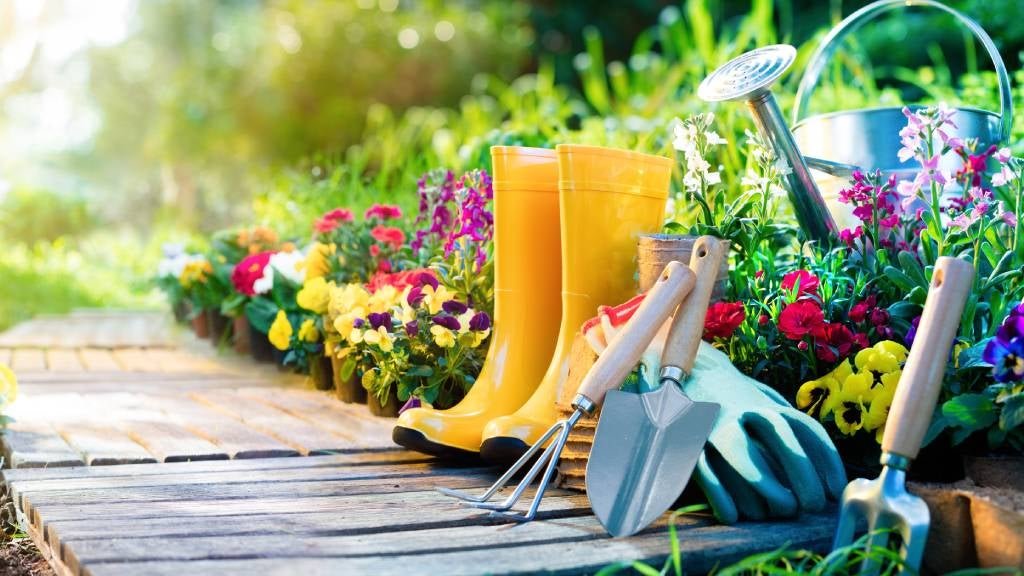
- Leave pathways (minimum 30–45 cm) between beds or pots for easy movement.
- Use a north-south orientation to maximize sunlight exposure.
- Place taller plants on the northern side so they don’t cast shade on smaller crops.
- Group plants by watering needs to simplify maintenance.
3. Build the Right Soil Mix
Good soil is the foundation of a productive kitchen garden.
DIY Potting Mix for Containers:
- 1 part garden soil or topsoil
- 1 part compost (homemade or store-bought)
- 1 part coconut coir or peat moss for moisture retention
- A handful of perlite or sand for aeration
For In-Ground or Raised Beds:
- Mix garden soil with 40–50% organic compost
- Add aged manure, worm castings, or leaf mold
- Sprinkle bone meal or wood ash for added nutrients (optional)
Mulch with dried leaves, straw, or grass clippings to retain moisture and suppress weeds.
4. Choose the Right Crops for Small Spaces
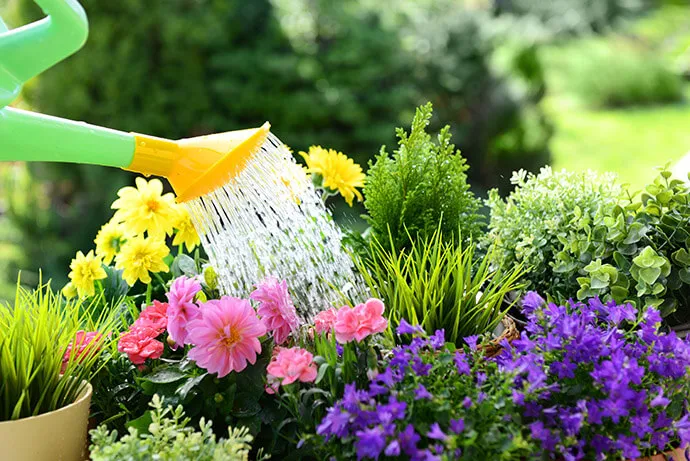
When space is tight, every plant should earn its place. Choose crops that are:
- Compact or high-yielding
- Suitable for your climate
- Loved by your family
- Quick to grow or harvest
Best Vegetables for Small Backyard Gardens:
| Crop | Variety Suggestion | Notes |
|---|---|---|
| Tomatoes | Bush or dwarf varieties | Needs support and full sun |
| Lettuce & Spinach | Loose-leaf types | Fast growing, perfect for succession |
| Peppers | Bell, chili, or dwarf | Colorful and compact |
| Radishes | French Breakfast, Cherry Belle | Harvest in 3–4 weeks |
| Carrots | Short or baby varieties | Grows well in deep containers |
| Beans | Bush or pole beans | Pole beans need vertical support |
| Herbs | Basil, mint, parsley, thyme | Excellent in containers or borders |
Add Edible Flowers:
- Nasturtiums – Add color, attract pollinators, edible blooms
- Calendula – Medicinal, edible petals
- Borage – Bees love it; leaves and flowers are edible
5. Use Vertical Space
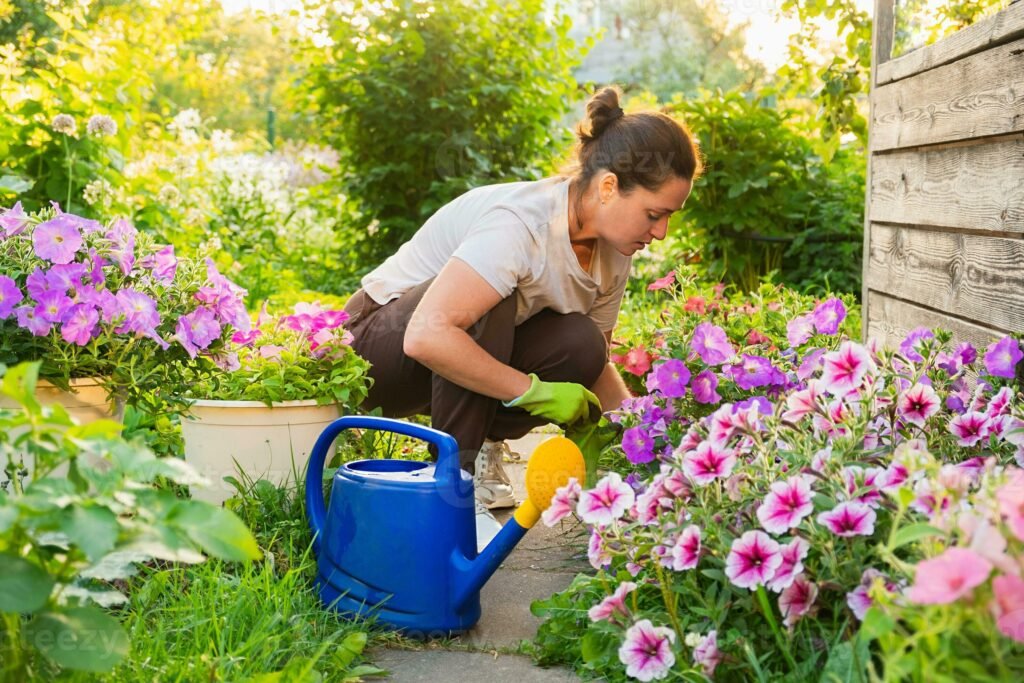
When growing in a small backyard, think up, not just out.
Vertical Growing Ideas:
- Trellises for climbing beans, cucumbers, or tomatoes
- Wall-mounted planters for herbs or salad greens
- Hanging baskets for strawberries or compact tomatoes
- Stackable planters or shelves for tiered planting
- Arches or garden obelisks for vine vegetables
Vertical gardening doesn’t just save space—it also adds depth, interest, and airflow, reducing the risk of disease.
6. Watering and Fertilizing
Consistent watering is essential, especially for plants in pots or shallow beds.
Watering Tips:
- Morning watering is best to reduce evaporation and disease
- Use mulch to conserve moisture
- Install drip irrigation or soaker hoses for efficient water use
- Avoid overhead watering to minimize fungal problems
Fertilizing:
Plants in small spaces can deplete nutrients quickly. Replenish with:
- Liquid fertilizers: compost tea, seaweed extract, or organic blends
- Slow-release fertilizers: added during planting
- Top up with fresh compost every month or so
7. Keep Pests & Diseases in Check
Healthy plants in good soil are less prone to issues, but even in small gardens, pests can be a problem.
Natural Pest Control:
- Neem oil spray for aphids and spider mites
- Diatomaceous earth for slugs and soft-bodied pests
- Introduce beneficial insects like ladybugs or lacewings
- Companion planting (e.g., basil near tomatoes to deter pests)
- Remove damaged or diseased leaves promptly
Regularly inspect your garden—early detection makes control easier.
8. Plan for Continuous Harvest
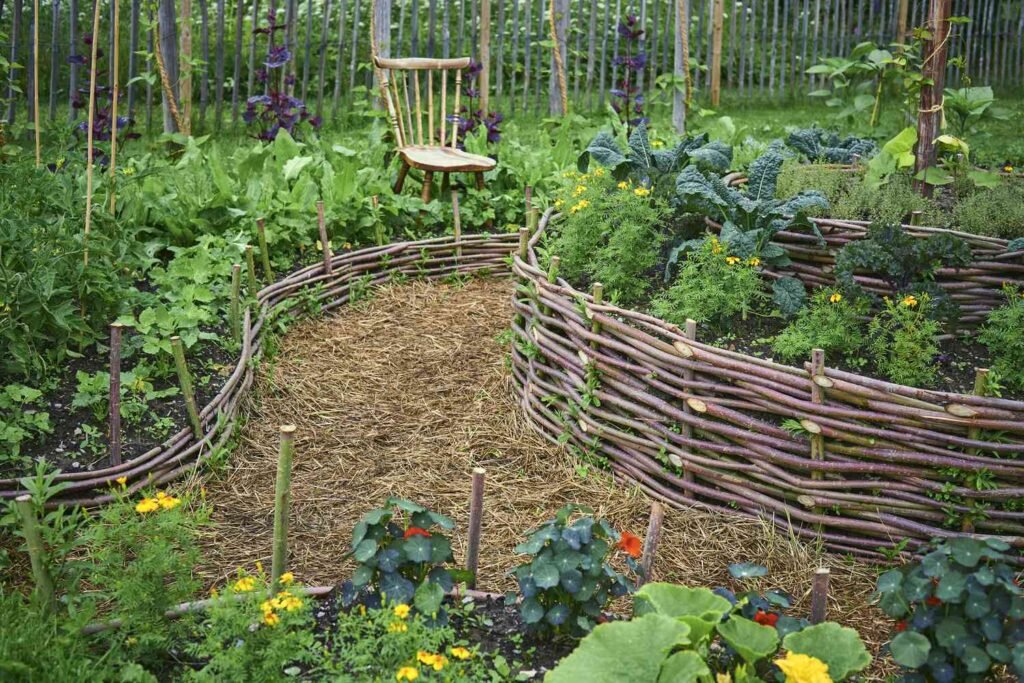
A kitchen garden thrives when you plant in stages and rotate crops.
Succession Planting:
Instead of sowing all seeds at once, stagger planting every 2–3 weeks. This keeps your harvest going longer and avoids glut.
Crop Rotation:
To prevent soil-borne diseases:
- Rotate plant families (e.g., don’t plant tomatoes in the same spot every season)
- Follow heavy feeders (like tomatoes) with light feeders (like leafy greens)
Interplanting:
Grow quick crops (like radish) between slow growers (like cabbage). It maximizes productivity.
9. Maintain Your Garden
A little daily care keeps your kitchen garden thriving.
Essential Tasks:
- Weed regularly to reduce competition for nutrients
- Deadhead flowers and trim herbs to encourage growth
- Harvest frequently to stimulate more production
- Clean tools, pots, and remove plant debris to prevent disease buildup
10. Make It Beautiful Too!
Your kitchen garden should be functional and beautiful—a place you love spending time in.
Design Tips:
- Mix edibles with ornamental plants for beauty and diversity
- Use decorative containers, recycled materials, or painted pots
- Add stepping stones, a small bench, or fairy lights
- Include aromatic plants like lavender, rosemary, or lemongrass
A garden that engages all senses—taste, smell, sight—is one you’ll enjoy every day.
Final Thoughts
You don’t need a large property or fancy tools to grow your own food. With a well-planned small backyard kitchen garden, you can grow flavorful herbs, fresh vegetables, and even some fruits year-round.
Start small. Pick a few crops you love to eat. Grow, learn, adjust. Soon, your garden will become more than just a food source—it’ll be a lifestyle upgrade, a sanctuary, and a source of pride.
